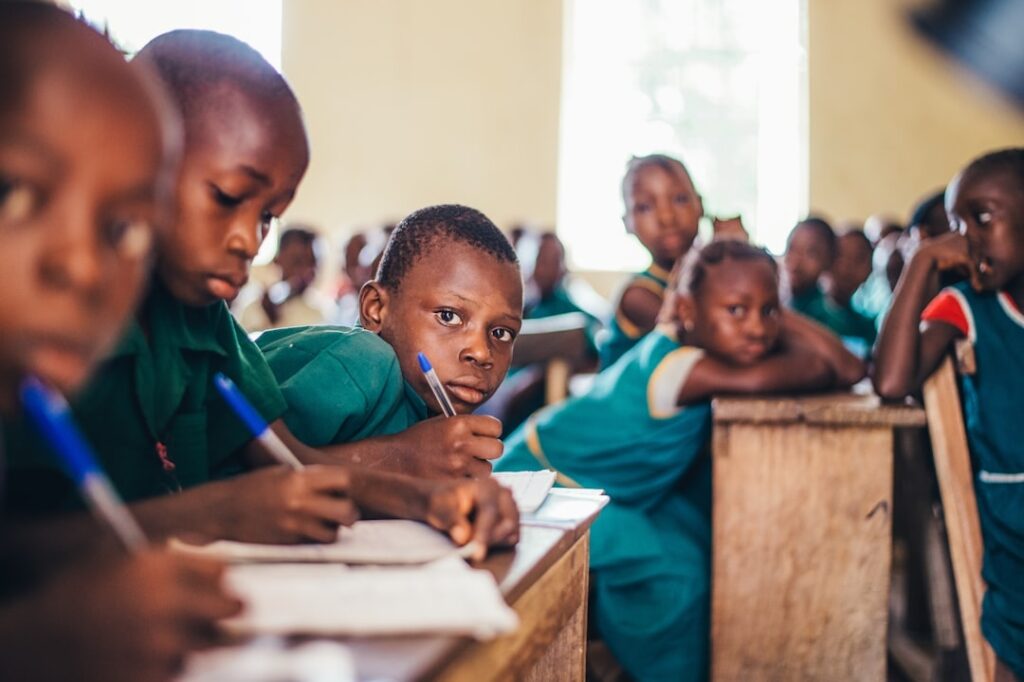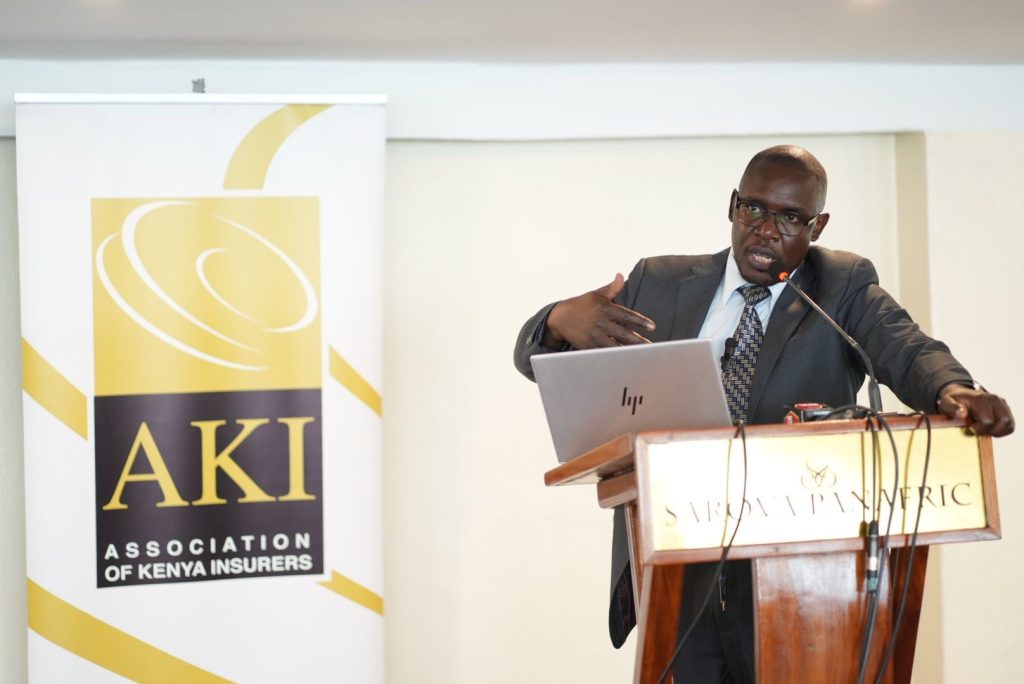
Tom Gichuhi, Executive Director, Association of Kenya Insurers (AKI)
- AKI Report finds 85% of Learning Institutions lack Vital Insurance Coverage;
A new report from the Association of Kenya Insurers (AKI) reveals a big gap in risk preparedness across the nation’s schools, with over 85% of learning institutions lacking vital insurance coverage.
 The findings come in the recent wake of a devastating series of school fires that have claimed lives and destroyed property worth millions of shillings throughout the country.
The findings come in the recent wake of a devastating series of school fires that have claimed lives and destroyed property worth millions of shillings throughout the country.
Between January and September 2024, the Ministry of Education documented 107 school fire incidents. This alarming trend culminated in the tragic fire at Hillside Endarasha Academy, which killed 21 students and injured dozens more.
 In a single day in September, at least ten schools across the Rift Valley, Eastern, and Central regions reported fires, prompting a government-ordered safety audit that declared 348 boarding schools unsafe.
In a single day in September, at least ten schools across the Rift Valley, Eastern, and Central regions reported fires, prompting a government-ordered safety audit that declared 348 boarding schools unsafe.
 Despite the availability of insurance products tailored for schools—including fire and personal accident coverage—the AKI report, based on data from all Kenyan insurance companies between 1st January to 31st December 2024, found that only 6,784 out of 46,322 primary and secondary schools are insured.
Despite the availability of insurance products tailored for schools—including fire and personal accident coverage—the AKI report, based on data from all Kenyan insurance companies between 1st January to 31st December 2024, found that only 6,784 out of 46,322 primary and secondary schools are insured.
This leaves most schools, their students, and their staff vulnerable to financial ruin in the event of a disaster.
 According to AKI, the low uptake of insurance is driven by several key factors:
According to AKI, the low uptake of insurance is driven by several key factors:
- Poor Risk Management: Many schools lack basic safety measures like fire extinguishers and proper emergency exits, and fail to maintain updated records, which complicates the underwriting process.
- Lack of Awareness: School administrators and boards of management often underestimate the value of insurance, viewing it as a non-essential cost.There is a common and dangerous assumption that in the event of a crisis, the government or parents will bear the cost of rebuilding.
- Budget Constraints: Public schools, in particular, operate on tight budgets with no dedicated allocation for insurance. Funds are typically prioritized for immediate operational needs like salaries and infrastructure.
- Regulatory Gaps: The Ministry of Education’s 2008 Safety Standards Manual provides general guidelines but lacks a strong mandate for financial risk protection, contributing to the perception that insurance is non-essential.

In its report, AKI calls for a collaborative effort with the Ministry of Education to address these systemic issues. The Association has proposed a series of recommendations, including regulatory change, capacity building and product innovation.










